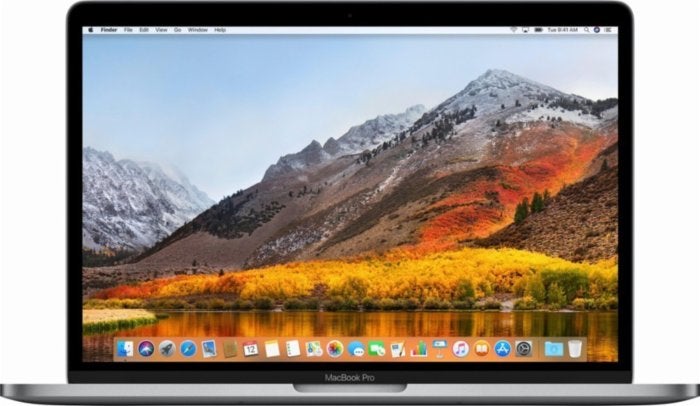Apple’s systems are highly secure, but if your private or enterprise data matters to you, it’s essential to ensure your Mac is as secure as possible.
Malware is everywhere, and Macs are not immune. You can ignore the potential threat if you choose, but if you are an enterprise user holding confidential data, an educator in possession of private data, or even a Bitcoin collector who maybe clicked a few too many links on one of those dodgy faucet websites, you should know how to secure your Mac.
First, some common sense security tips
Before we get into some of the security technology inside your Mac (including a wide range of security improvements in High Sierra) it is important to point out that the biggest threat your computer faces is the person using it. Cyber attackers are highly sophisticated and can piece together lots of information about you or companies associated with you by simply getting a little more data a little at a time. Make it hard for those people by following simple tips, including:
- Avoid clicking links from people you don’t know.
- Never download/install software unless you know where it is from.
- Use strong passwords, and use different passwords for each site — Apple’s Keychain Manager makes this process ever so easy.
- Use two-step verification everywhere.
- Consider using a VPN service, such as NordVPN (which I use).
- Use Private Browsing.
- Use a disposable email address to sign up for services, websites and the like — that way you can reduce the spam you receive in your primary emails.
- Never access a confidential service (such as your enterprise intranet or online bank) over public Wi-Fi.
- Install macOS software updates as they appear.
Full Article.




